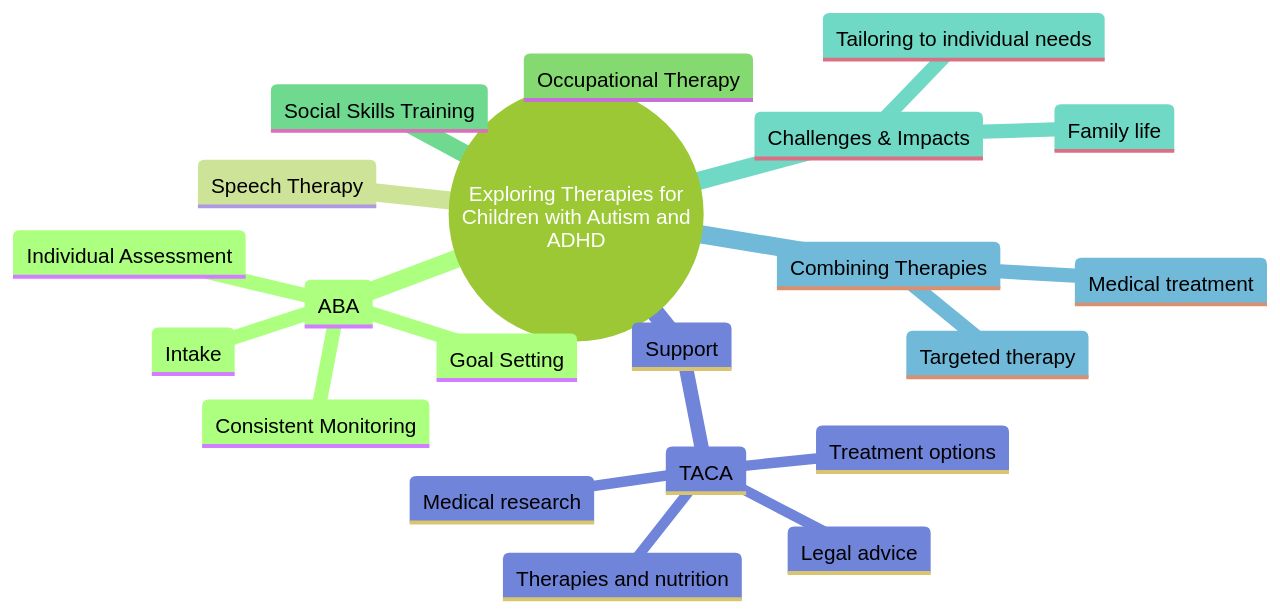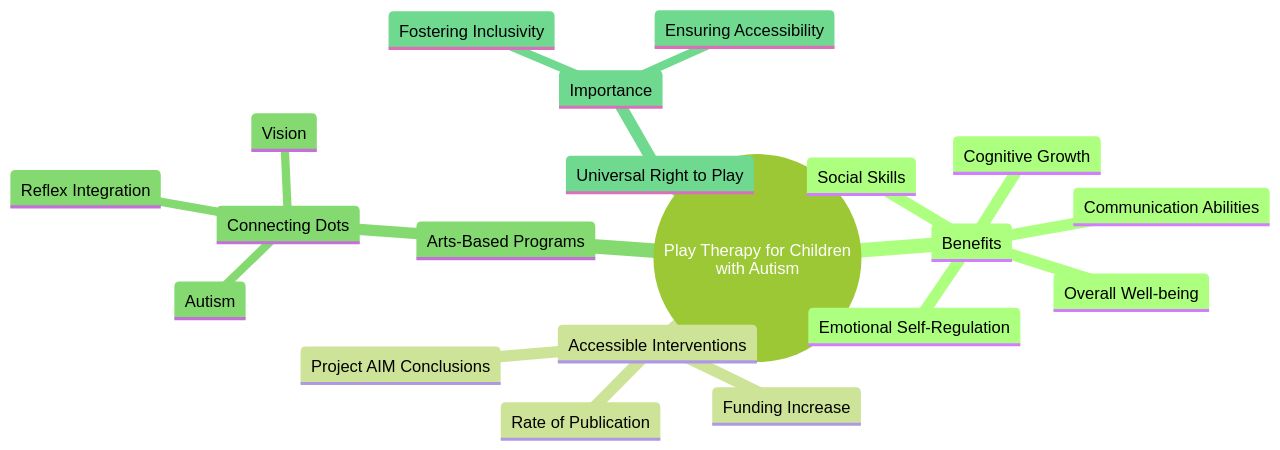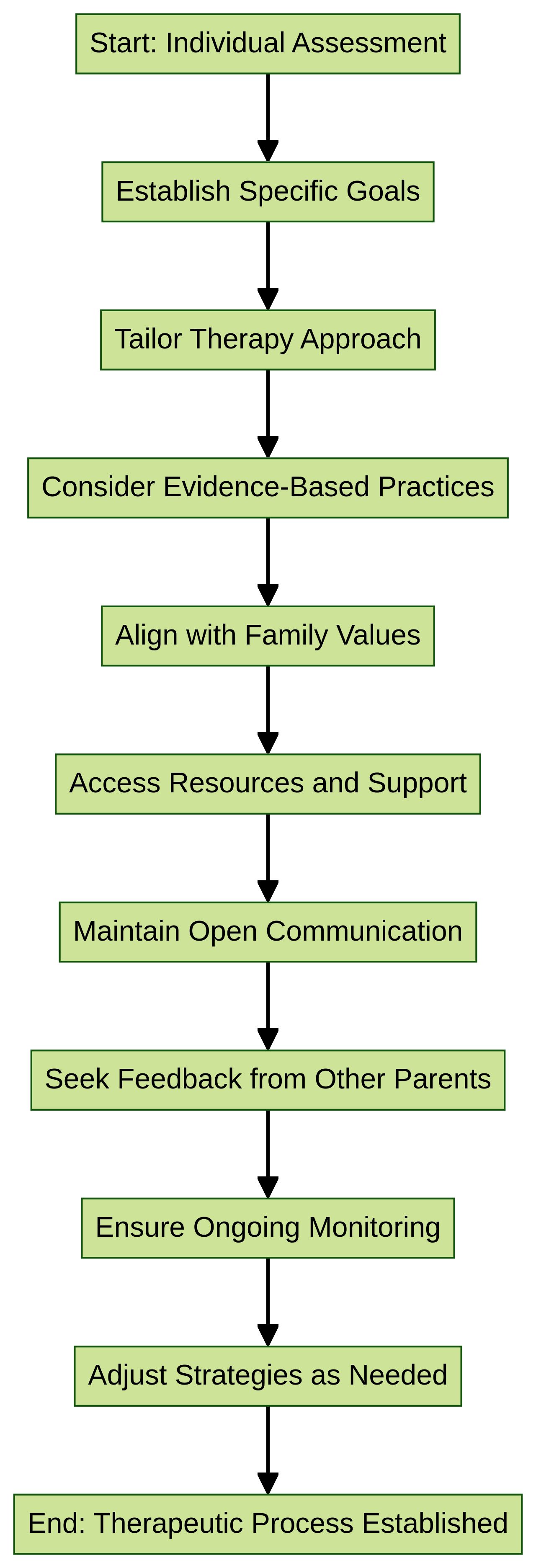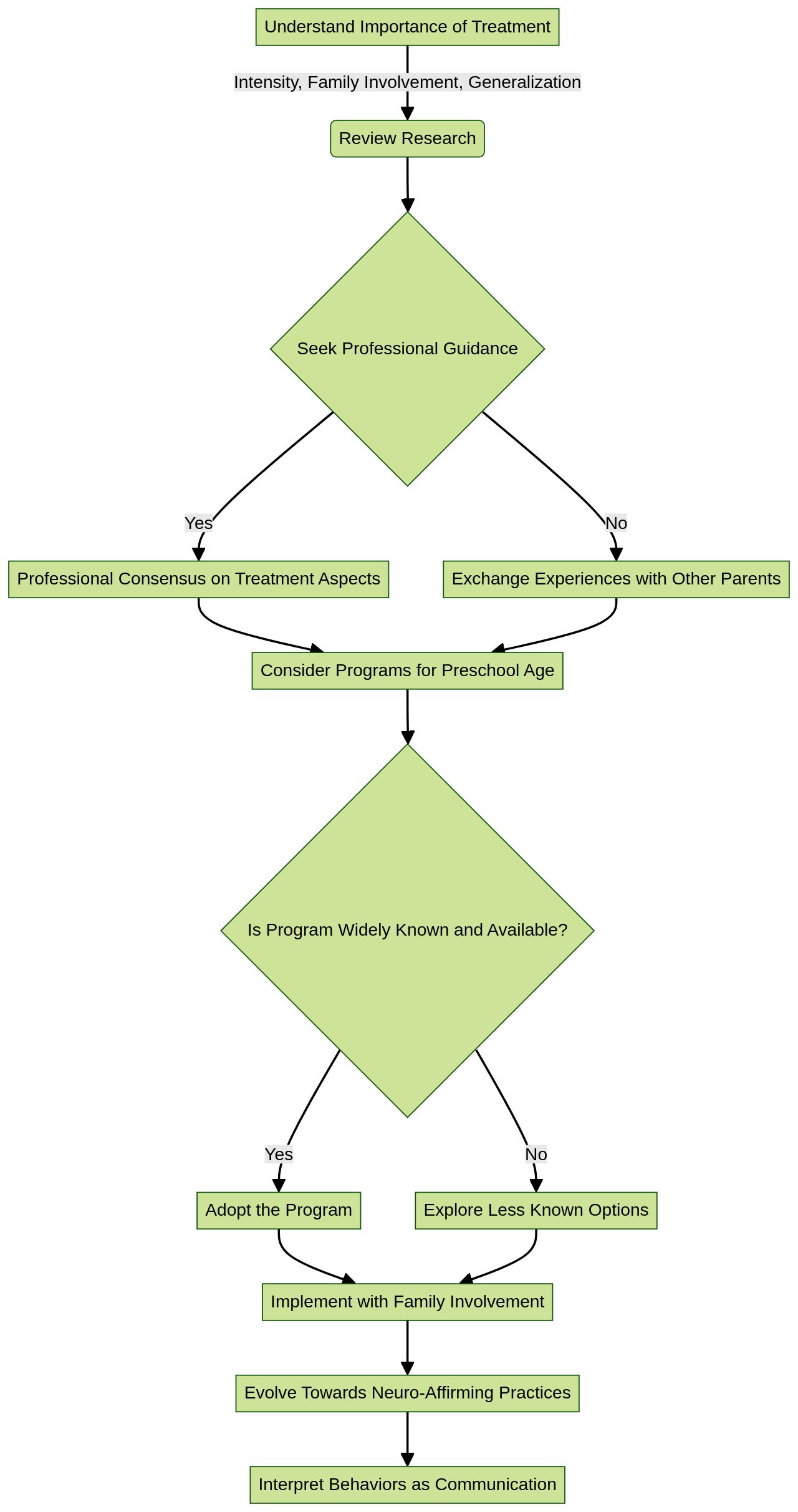Introduction
Autism Spectrum Disorder (ASD) presents unique challenges in communication, social interaction, and behavior. This article aims to provide guidance and resources for Parent Advocates navigating the complexities of raising children with ASD.
From understanding the different types of therapies available to evaluating their effectiveness, we explore the importance of early intervention, the benefits of play therapy, and how to find quality therapy services near you. By empowering Parent Advocates with knowledge and support, we can ensure the well-being and success of children with ASD.
Understanding Autism Spectrum Disorder
Autism Spectrum Disorder (ASD) presents unique challenges in communication, social interaction, and behavior, with a spectrum of symptoms and levels of impairment. The American Psychiatric Association outlines standardized criteria in the DSM-5 for diagnosing ASD, emphasizing that no single tool is definitive. Diagnosis involves a combination of parental or caregiver input on a child's development and professional behavioral observation.
For comprehensive assessment, primary care providers may refer families to specialists like neurodevelopmental pediatricians, child neurologists, or early intervention programs. The Autism Diagnostic Interview-Revised (ADI-R) is a key instrument focusing on social interaction, communication, and behavior. Despite efforts, barriers persist in early diagnosis, especially among Hispanic children and children of color, who may face hurdles such as stigma and limited healthcare access.
Boys are diagnosed with ASD four times more frequently than girls, but girls may exhibit different ASD characteristics, leading to underdiagnosis. Current research, including trials of pancreatic enzyme supplements, is exploring new interventions for co-occurring behaviors like irritability in children with ASD. Moreover, studies on the potential of stem cell therapies show encouraging results for addressing ASD-related challenges by promoting the body's natural healing processes.

Types of Child Autism Therapy
Navigating the landscape of therapies for children with autism and ADHD involves understanding the nuanced and individualized needs of each child. While treatments like Applied Behavior Analysis (ABA), Speech Therapy, Occupational Therapy, and Social Skills Training can offer significant benefits, it's crucial to consider the potential challenges and impacts on family life.
ABA, for instance, can be intensive and require considerable time from the family, potentially affecting dynamics and limiting social engagement. Each child's therapy must be tailored to avoid a one-size-fits-all approach, acknowledging that children with autism can greatly vary in their abilities and needs.
This is underscored by the fact that early diagnosis and intervention can lead to better outcomes, with researchers striving to understand the metabolic changes from birth to the development of autism. Such insights can inform early detection strategies, crucial as early intervention is linked to improved independence in adulthood for many with autism.
Moreover, community-based providers are now being trained to diagnose autism with high accuracy, a step forward in addressing long diagnostic waits. This is vital, as delays in diagnosis can lead to delays in accessing services that improve child and family outcomes. Therapies can enhance various skills and support independence, but the key is a balanced approach that respects the child's progress and the family's well-being. As TACA emphasizes, the goal is to understand and select effective therapies for autism, enhancing communication, social interactions, sensory issues, and cultivating independence. Ultimately, the therapy chosen should align with the child's unique trajectory and family context, always keeping in mind that interventions should foster inclusion and participation in social activities, as every child deserves to live their life fully.

Benefits of Play Therapy for Children with Autism
Play therapy stands as a cornerstone in the development and well-being of children with autism, offering a sanctuary where they can explore, learn, and grow at their own pace. Engaging in play allows these children to develop vital social skills, enhance their communication abilities, and bolster cognitive growth, all while providing a framework for better emotional self-regulation.
The importance of such interventions is underscored by a professional consensus that highlights the critical nature of treatment intensity, family involvement, and a focus on generalization across various settings. Despite the myriad of programs available, many are tailored specifically for preschool-aged children and may not be widely accessible or supported by extensive research.
A study led by the University of Leeds, for instance, illuminated the multifaceted benefits of an arts-based play program for children up to three years old. Parents participating in this program not only learned creative parenting strategies but also forged valuable social connections and gained insights into their children's developmental milestones.
This initiative, a beacon of socially prescribed creative play, underscores the significance of play in the early years and the need for more accessible, research-backed interventions. Echoing this sentiment, the United Nations' declaration of an International Day of Play underscores the universal right to play, reiterating its indispensable role in fostering the skills necessary for children to thrive. As psychologist Peter Gray affirms, independent play is not just a leisure activity but a fundamental aspect of childhood that shapes mental health and overall well-being. In a world where play is often sidelined, it is crucial to recognize its value and ensure that children with autism receive the play-based support they need to navigate life with confidence and joy.

Finding Quality Child Autism Therapy Near Me
Selecting the right therapeutic services for children with autism spectrum disorders (ASD) is a critical decision that requires careful consideration of various factors. A Board Certified Behavior Analyst (BCBA) should conduct an individual assessment, recognizing that each child's needs are unique, to establish specific, measurable goals.
The therapy's approach should be tailored to the child, enhancing communication skills, social interactions, handling sensory issues, and fostering independence. It is also essential to ensure that the therapy program is not only evidence-based but aligns with the family's values and the child's best interests.
The availability of resources and support, such as those provided by The Autism Community in Action (TACA), is paramount in ensuring comprehensive care. Moreover, open communication between therapists and families is crucial for maintaining a collaborative partnership aimed at achieving the child's developmental goals.
Feedback from other parents who have seen positive changes in their children can be a valuable source of encouragement and insight. Ultimately, a well-rounded program will involve consistent monitoring and strategy adjustments to ensure ongoing progress and benefit to the child. Parents should be aware of the diversity of programs available and the current lack of empirical studies comparing them, especially for the birth to 3 age group, as noted in professional reviews. These details emphasize the importance of selecting a program that is not only well-regarded but also fits the specific needs of the child and family.

Evaluating the Effectiveness of Child Autism Therapy
Navigating the various therapy options for children with autism can be a daunting task for parents. It's essential to understand that while there's a consensus on the importance of treatment intensity, family involvement, and generalization of skills, there is a wide array of programs that vary in approach. The majority of these are geared towards preschool-aged children, and not all have the benefit of wide recognition or accessibility.
Despite some programs having published outcomes, the research community acknowledges a significant gap in comparative studies among these interventions, especially for those from birth to age three. A recent meta-analysis led by Dr. Micheal Sandbank highlights the prevalence of low-quality studies in the field, raising concerns about the reliability of many intervention recommendations. Dr. Sandbank emphasizes the need for transparency with families regarding the quality of evidence and potential unknown adverse effects.
In some cases, like the Early Start Denver Model (ESDM), interventions have shown promising results in improving communication and daily living skills, and efforts are being made to expand these practices on a larger scale. However, the landscape remains fractured, and as such, parents are encouraged to diligently review existing research, seek professional guidance, and exchange experiences with other parents. This collaborative approach can lead to a more informed decision-making process regarding the best-suited therapy for their child's unique needs while considering the evolving shift towards neuro-affirming practices that respect and interpret children's behaviors as a form of communication.

Conclusion
In conclusion, navigating the complexities of raising children with Autism Spectrum Disorder (ASD) requires early intervention and tailored therapies. Play therapy is crucial for promoting social skills and cognitive growth in children with autism. Finding quality therapy services involves individual assessments by experts and open communication with therapists.
Evaluating therapy effectiveness can be challenging due to limited comparative studies, but seeking professional guidance and exchanging experiences with other parents can help make informed decisions. By empowering Parent Advocates with knowledge and resources, we can ensure the well-being and success of children with ASD. Together, we can navigate the challenges of raising children with ASD and provide them with the support they need to thrive.




